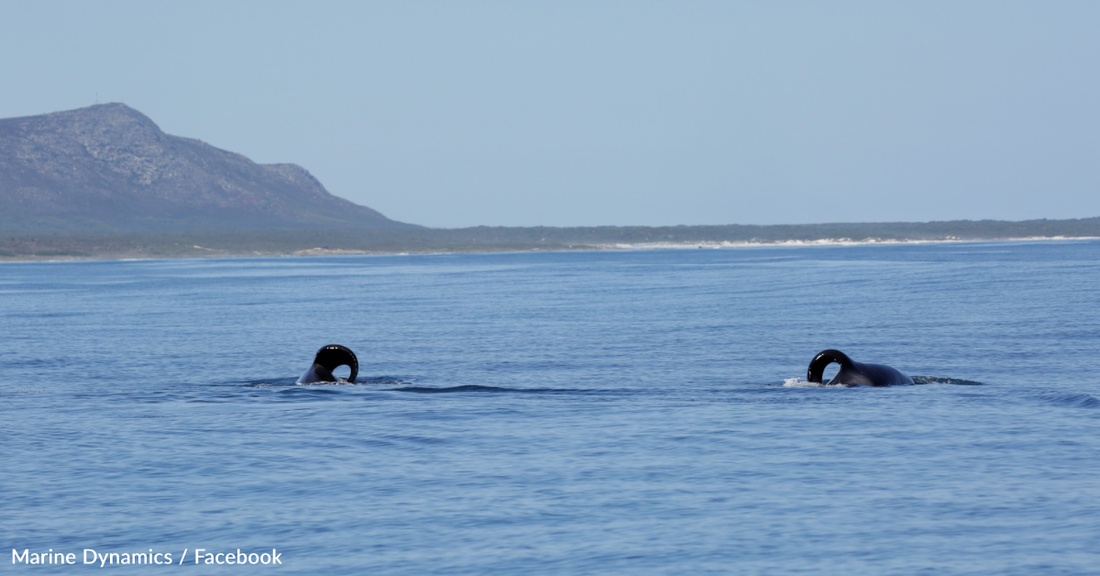17 Sharks Die As Killer Whales Tear Out Their Livers In Brutal Attack.
Malorie Thompson
A pair of orcas, also known as killer whales, were responsible for the slaughter of 17 sharks near Gansbaai, South Africa.
Orcas are known for their power in the sea, as they can take down not only great white sharks but also whales of comparable size to themselves.
The two orcas responsible for the mass killing were tracked by a team of scientists on board a Marine Dynamics vessel, who shared about the incident on Facebook. The research into these attacks is part of a coordinated effort between various killer whale and shark scientists, ongoing since 2015. The researchers are investigating why the orcas carry out such brutal attacks on their shark counterparts, which share the same waters.
Lead researcher, Alison Towner, Ph.D. candidate at Rhodes University, is collaborating with Ralph Watson and students at the Marine Dynamics Academy to perform necropsies on the deceased sharks to learn more about the attacks.
According to the Facebook post, the orcas in question are named Port and Starboard. They are both male and approximately 20 years old. The research team observed the orcas repeatedly diving in a small area for nearly two hours before they departed offshore. The following Tuesday, scientists found 11 of the Broad nose Seven-gill Sharks, as the adverse weather conditions, which led to a surging storm earlier in the week, caused rough enough waves to push the shark bodies onto the shore. This allowed the scientists to collect the bodies for research.
With these specific killings, the orcas killed each shark in the same manner, tearing out their livers, which is an unusual attack. Each shark was a female measuring between 1.6-2.3 meters. The killings were likely caused by the same pair of orcas responsible for similar attacks in False Bay.
According to the National Geographic, this isn't the first time that orcas have been observed killing prey to just eat the liver. The theory is the massive whales go for the most nutritious and delicious part of the animal.


